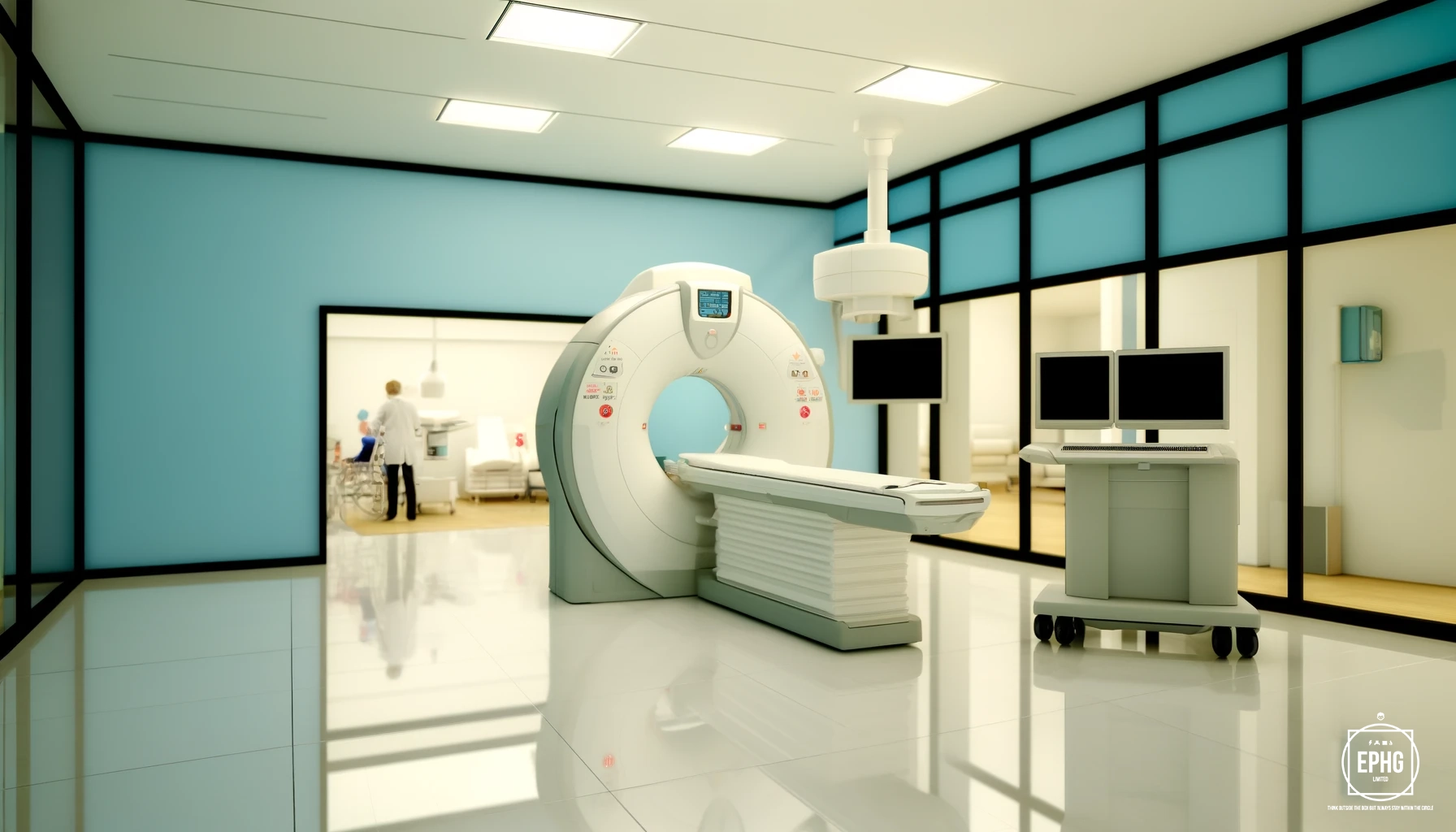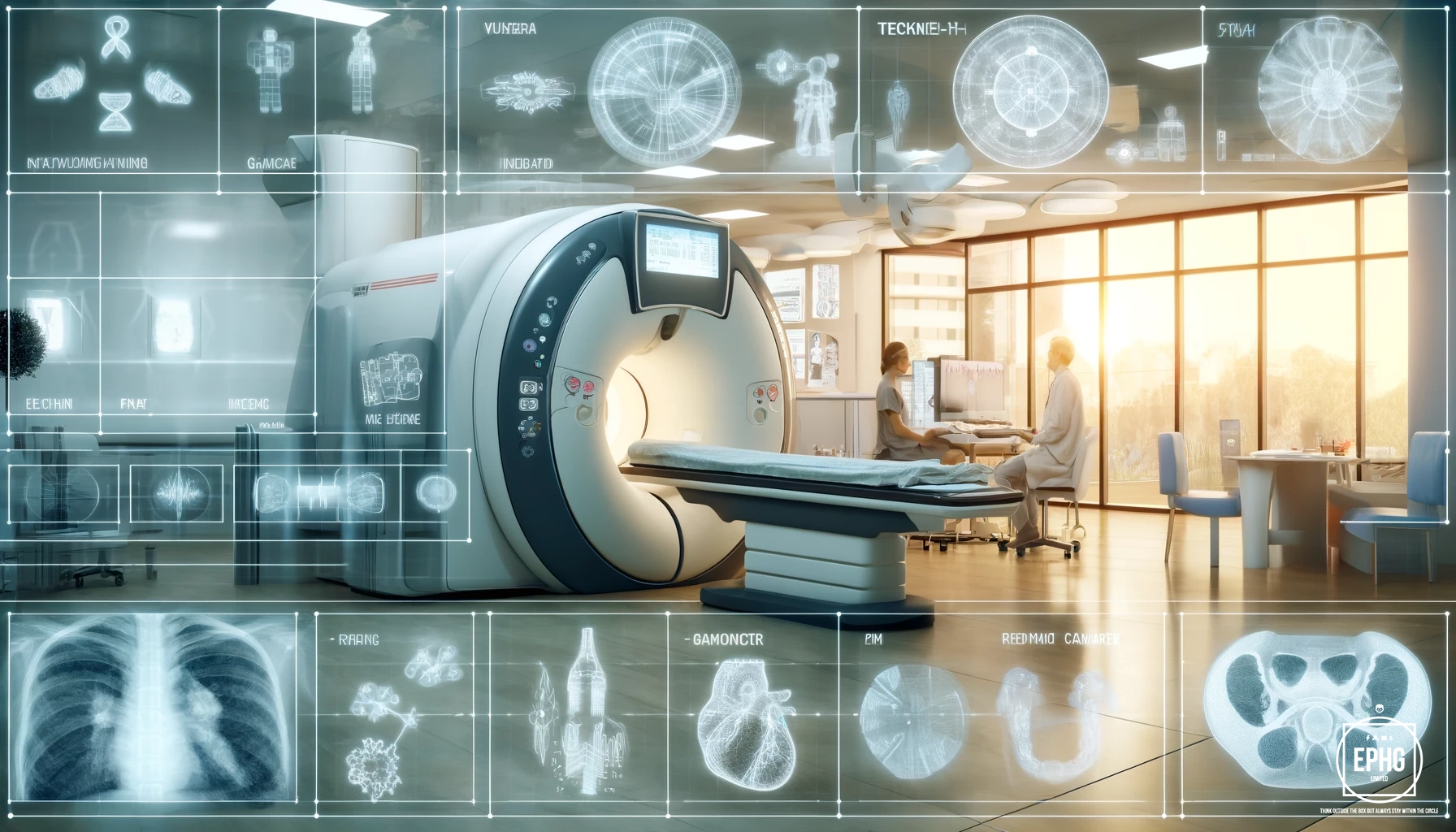Unveiling Technetium (Tc): The Element that Eluded Detection
Technetium (Tc), a synthetic element tucked away in the heart of the periodic table, captivates with its unique properties and profound implications for science and technology. This enigmatic element, notable for being the first artificially produced and completely radioactive, bridges the gap between chemistry and cutting-edge applications. From enhancing medical diagnostics to pushing the boundaries of engineering materials, Technetium’s journey from theoretical existence to a linchpin in nuclear medicine showcases its pivotal role in advancing human technology. Join us as we explore the intriguing story of Technetium, from its accidental discovery to its modern-day technological marvels.
Discovery of Technetium

Technetium, with the symbol Tc and atomic number 43, was the first element to be artificially produced. The discovery of Technetium was a significant milestone in the field of chemistry, marking the first synthesis of an element. It was discovered by Carlo Perrier and Emilio Segrè in 1937 when they isolated the element from a sample of molybdenum sent to them by Ernest O. Lawrence from the Berkeley Cyclotron in California. This marked a significant breakthrough as Technetium filled the missing spot in the periodic table for element 43, which had eluded scientists for many years.
Technetium in the Periodic Table
Occupying position 43 in the periodic table, Technetium is a member of the transition metals and is the lightest element whose isotopes are all radioactive. The element exhibits chemical properties typical of a transition metal, such as forming various compounds with different oxidation states. Technetium plays a crucial role in understanding the properties of heavier elements in the periodic table.
Scientific Properties of Pure Technetium
Discovery of Technetium

Pure Technetium is a silvery-gray metal that tarnishes slowly in moist air. The most common oxidation states of Pure Technetium are +7, +4, and +1. Its compounds are used in various chemical reactions and studies due to its ability to form diverse coordination complexes. The radioactive nature of Pure Technetium, particularly Technetium-99m, is highly valued in medical diagnostic imaging.
Applications of Technetium in Technology
Discovery of Technetium

The most prominent use of Technetium is in the field of nuclear medicine. Technetium-99m, the most utilized isotope, is employed extensively as a radioactive tracer in medical diagnostic procedures. Its ability to emit gamma rays without emitting beta particles makes it ideal for imaging internal bodily structures. Additionally, Technetium is used in industrial applications such as corrosion-resistant alloys and catalysts in chemical production.
Production and Sources of Technetium
Unlike most elements, Technetium is not typically found in nature but is artificially produced in significant quantities. It is primarily derived as a byproduct from nuclear reactors, through the fission of uranium. When uranium atoms split in a reactor, a small percentage of the resulting fission products are isotopes of Technetium, predominantly Technetium-99.
There are no specific mines for Technetium; however, the element can be extracted from the spent nuclear fuel where it is formed alongside other fission products such as cesium and iodine. The extraction and purification of Technetium require sophisticated technology to handle and separate it from other radioactive materials.
Current Uses of Technetium

Today, the primary use of Technetium, specifically Technetium-99m, is in the field of medical diagnostics. Technetium-99m is used extensively as a radioactive tracer in nuclear medicine due to its ideal physical characteristics for gamma-ray imaging. Its ability to provide clear images of the body's organs and internal processes makes it invaluable for diagnosing a variety of conditions, from cancer to heart disease.
In addition to medical applications, Technetium is also used in industrial radiography to detect structural faults in metal parts and in scientific research, where its radioactive properties are valuable for tracing chemical and biological processes.
The Future of Technetium

The future of Technetium looks promising as research continues to explore its potential applications. One area of significant interest is in the use of Technetium in novel cancer treatment methods, where it could be used to deliver destructive radiation directly to tumor cells without harming surrounding healthy tissue. Additionally, its role in renewable energy technologies, such as nuclear batteries for long-duration space missions, is being investigated.
As new isotopes with potentially useful properties are synthesized and studied, Technetium's applications in technology and medicine are expected to expand, further integrating this remarkable element into new fields of scientific innovation and practical applications.













